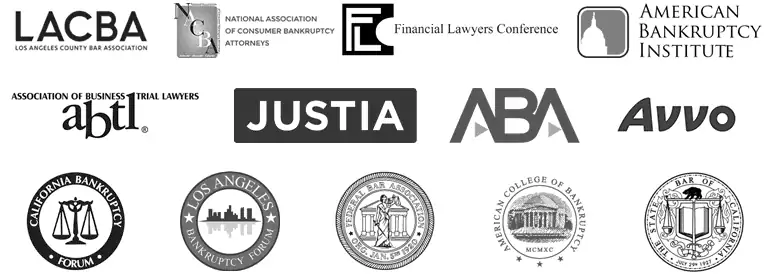A “cramdown” in a Chapter 13 bankruptcy allows you to reduce the principal balance of a debt to the value of the property it is secured by. By taking advantage of a Chapter 13 cramdown, you may be able to save your car, investment real estate, or certain other properties. Read on to find out when you can use a cramdown and how it can help you.
Which Debts Can I Cram Down?
You are allowed to cram down certain secured debts. A debt is considered secured when your lender has a security interest in your property and can repossess it if you fail to make your loan payments. The most common examples of a secured debt are your mortgage and car loan. In a Chapter 13 bankruptcy, you can cram down your car loan, investment property mortgages, or other personal property (any property other than real estate) loans such as household goods and furnishings. However, you cannot cram down a mortgage on your principal place of residence.
How Do I Cram Down My Loans?
Most people use Chapter 13 bankruptcy to cram down their car loans so here we’ll use a car loan cramdown to illustrate how a cramdown works.
For example, if you own a car worth $5,000 but your loan balance is $10,000, then you can cram down your loan to $5,000 (the value of the car) through your Chapter 13 repayment plan. The remaining $5,000 of the balance will be lumped in with your other unsecured debts (like credit cards). This means you’ll likely pay only a percentage of that unsecured debt, and the remainder will be wiped out at the completion of your plan. This means you will end up owning the car free and clear at the end of the bankruptcy.
Other Advantages Of A Cramdown
Cramming down your loans through a Chapter 13 bankruptcy may also allow you to reduce your interest rate and stretch your payments out over a longer term in order to lower your monthly obligations. The interest rate paid to secured creditors through your plan is determined by the bankruptcy court and will usually be lower than your note rate. In addition, since Chapter 13 plans last three to five years, you may be able to stretch out the payment period for the crammed down loan, resulting in lower monthly payments than if you were paying the loan outside the bankruptcy.
Restrictions on Cramdowns
Congress has placed certain restrictions on when you can use a cramdown to prevent people from cramming down their recent purchases. These restrictions depend on what kind of property is securing the debt you wish to cram down.
910-Day Rule
If you wish to cram down your car loan, you must have purchased the car at least 910 days (around 2 ½ years) prior to the bankruptcy. This prevents people from buying a new car and cramming down the loan right soon after driving it off the lot.
One-Year Rule
This rule is similar to the 910-day rule for cars but it applies to all other personal property. It is usually relevant if you are trying to cram down loans on your household goods and requires that the goods be purchased at least one year prior to the bankruptcy before a cramdown is allowed.
Investment Property Mortgages
Most courts require that loans that are crammed down be paid off within the three to five year length of your Chapter 13 plan. This creates a practical problem for most people who want to cram down their investment property mortgages because they do not have the means to pay off a mortgage (even a crammed down one) in this short of a time period.

